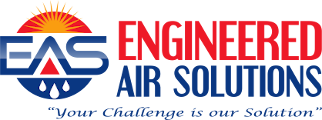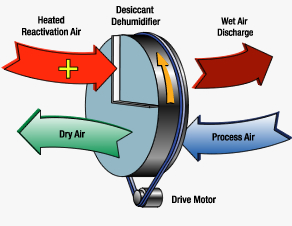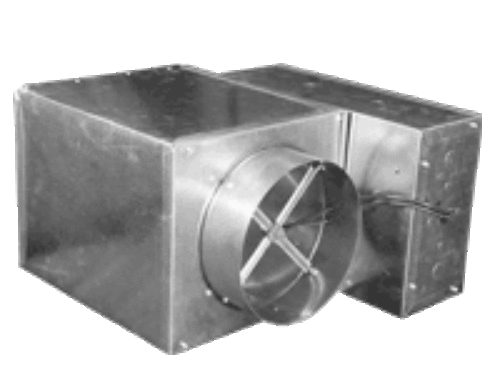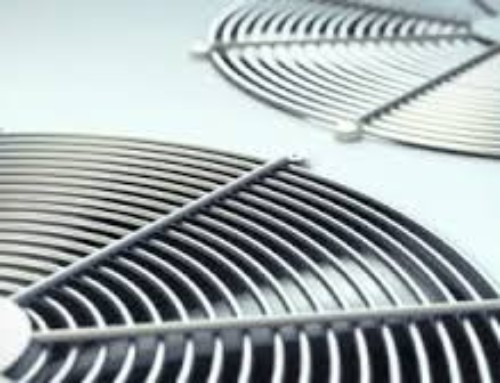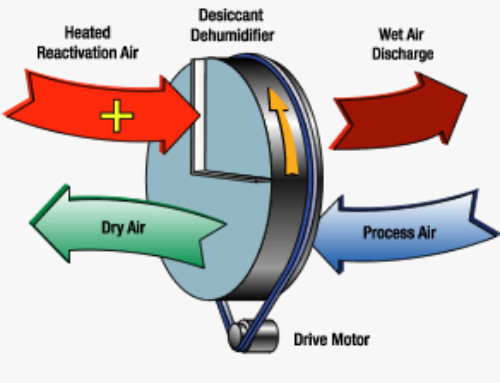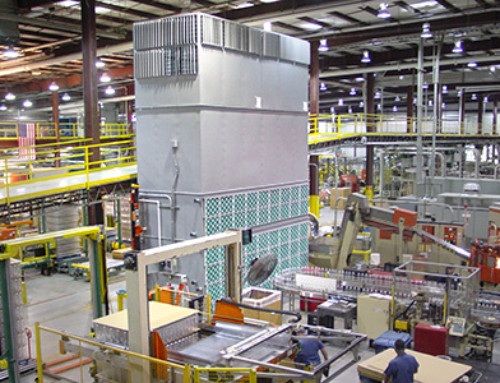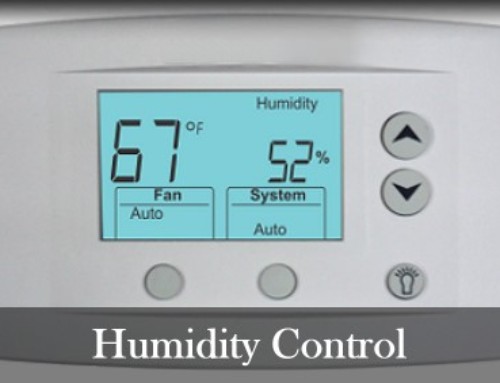While the purpose of this article is to give a good overview, it should not be the sole reference for a complete pool design. If you have noticed excessive corrosion, mold/mildew or strong indoor pool odors inside or outside the pool, taking a look at the following to get some ideas to improve the situation.
While many spaces have the HVAC on and off during occupied and unoccupied times, an indoor pool must be treated 24/7 as the water is always there and is the reason the space needs constant attention. That being mentioned here are bullet points of a healthy pool environment:
- Maintain 40-60% relative humidity
- Air changes should be between 4-6 per hour
- Air temperatures should be 2-4 degrees above the water temperature to reduce evaporation and increase the comfort of the swimmer
- Ductwork should be non-corrosive to the chemicals seen in the pool. Use fabric, aluminum, 316 stainless as an example.
- Supply should be around the exterior and allow the air to “wash” the windows and walls to avoid condensation. Supply air should also push some air across the pool surface to the exhaust for better indoor air quality
- Returns should be away from the supply and typically low to grab the more humid air
- Bring in enough fresh air into the space to meet code
- Exhaust enough air to create a negative pressure. This is important to not allow the pool air to permeate to spaces adjacent. Its is also good for the building structure against corrosion and mold.
- Consider noise; Natoriums have a lot of hard surfaces and no “soft materials” like carpet and curtains which would absorb noise. While pools designs are not the same as a library, excessive fans and undersized ductwork can take away from the patrons experience as well as can add to the cost of running the pool HVAC system
- The room should have vapor barriers
- Consider the chemicals that are used. Don’t use too much!
LET ENGINEERED AIR SOLUTIONS PROVIDE YOU WITH A FREE UNIT SIZE CALCULATION TO ENSURE THE RIGHT UNIT WITH THE RIGHT FEATURES AT THE RIGHT COST !
